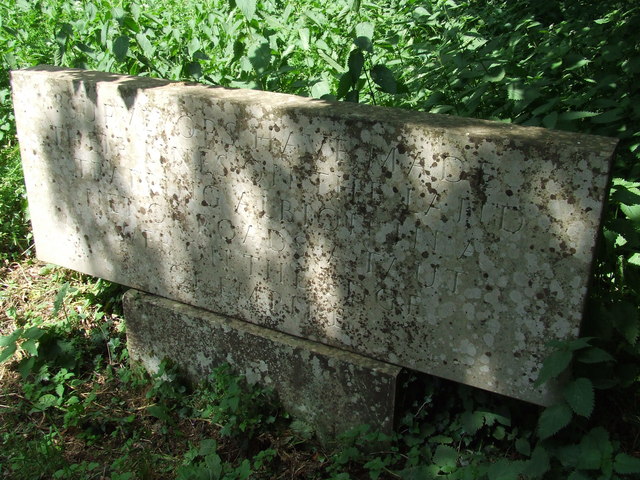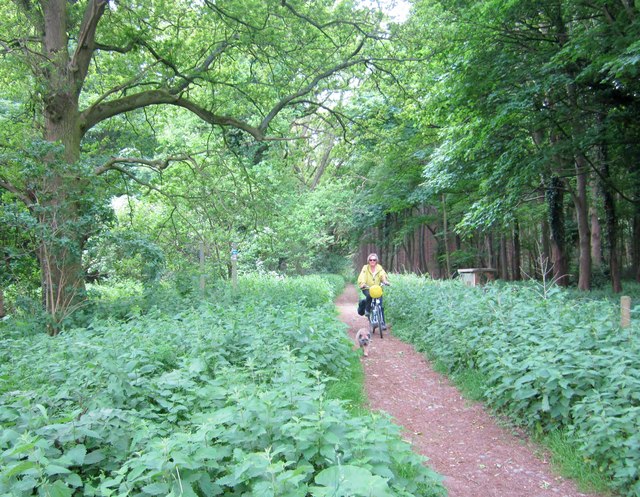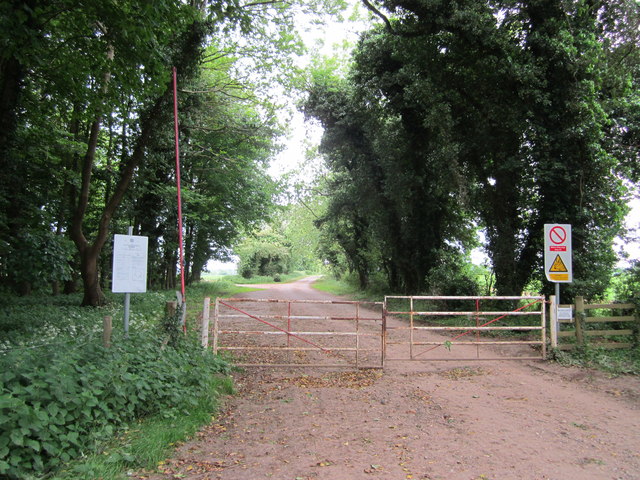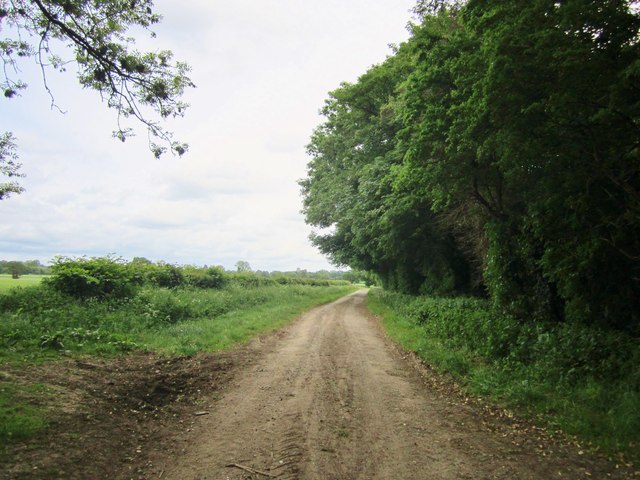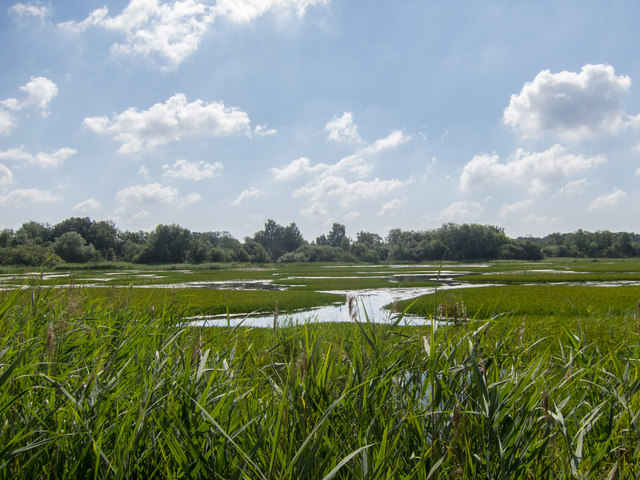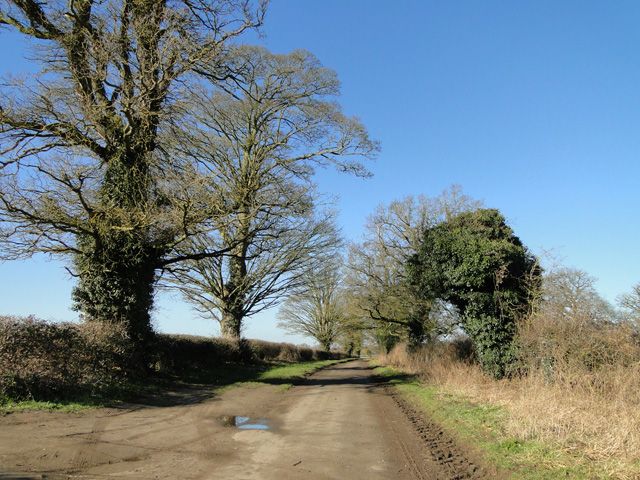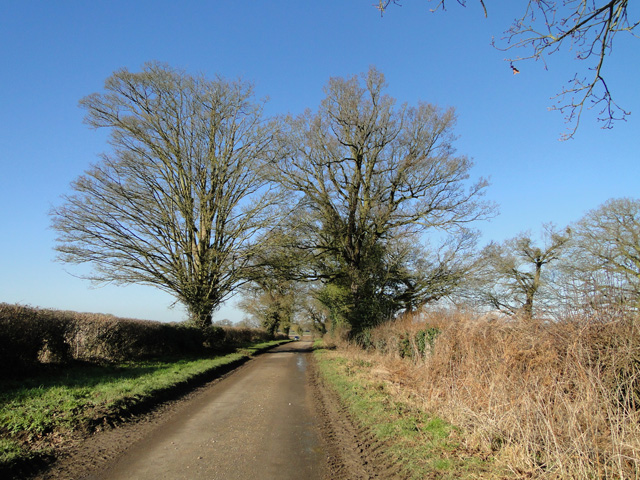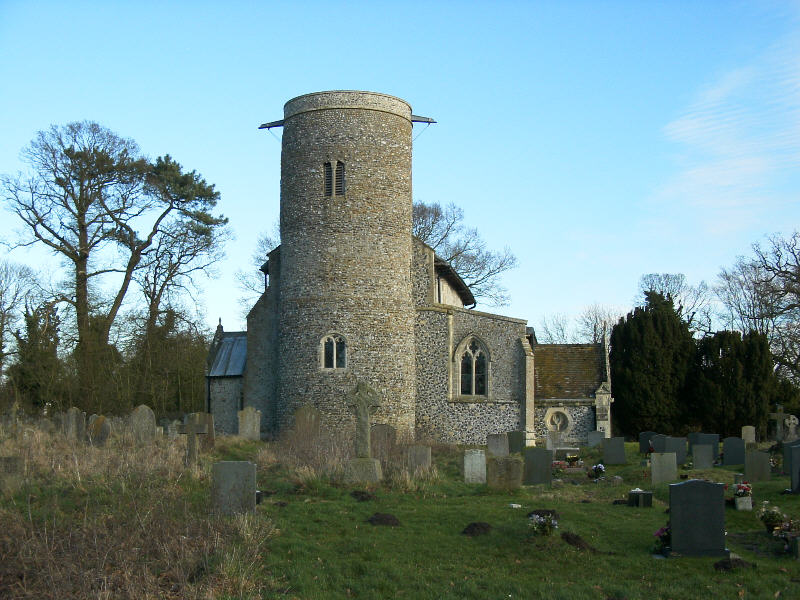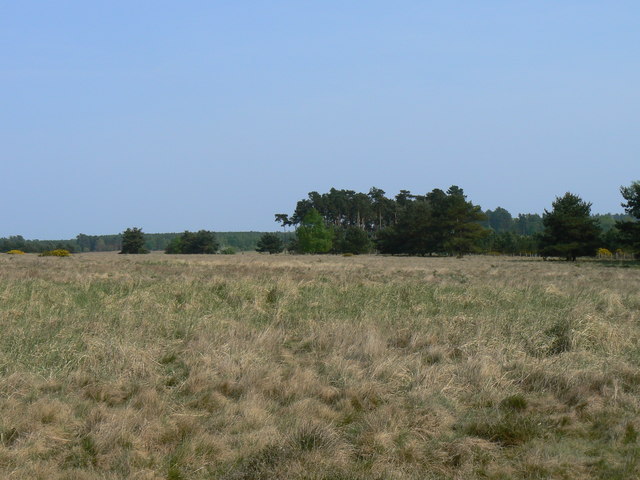Keymer's Plantation
Wood, Forest in Norfolk Breckland
England
Keymer's Plantation
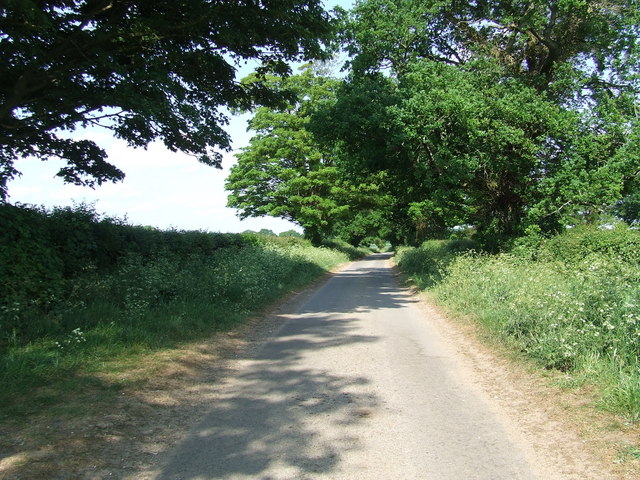
Keymer's Plantation is a picturesque woodland located in Norfolk, England. Spanning over a vast area, this woodland serves as a tranquil retreat for nature enthusiasts and outdoor adventurers alike.
The plantation is characterized by its dense and diverse collection of trees, with towering oaks, beeches, and chestnuts dominating the landscape. These majestic trees provide a rich and varied habitat for a wide range of flora and fauna, making Keymer's Plantation a haven for wildlife.
Walking through the woodland, visitors can enjoy the serenity and beauty of the natural surroundings. The forest floor is covered in a thick carpet of moss and ferns, creating a lush and enchanting atmosphere. Sunlight filters through the canopy, casting dappled shadows on the forest floor, further enhancing the magical ambiance.
Keymer's Plantation is also home to a network of well-maintained trails, allowing visitors to explore the woodland at their own pace. These paths wind through the trees, offering glimpses of small streams and ponds that are dotted throughout the woodland. Nature enthusiasts will find ample opportunities for birdwatching and wildlife spotting, as the woodland is a popular habitat for a variety of species.
The plantation is open to the public year-round, and visitors can enjoy picnicking, hiking, and nature photography in this idyllic setting. Whether one seeks solitude or wishes to engage in outdoor activities, Keymer's Plantation offers a tranquil and captivating escape into nature.
If you have any feedback on the listing, please let us know in the comments section below.
Keymer's Plantation Images
Images are sourced within 2km of 52.528431/0.79641669 or Grid Reference TL8995. Thanks to Geograph Open Source API. All images are credited.
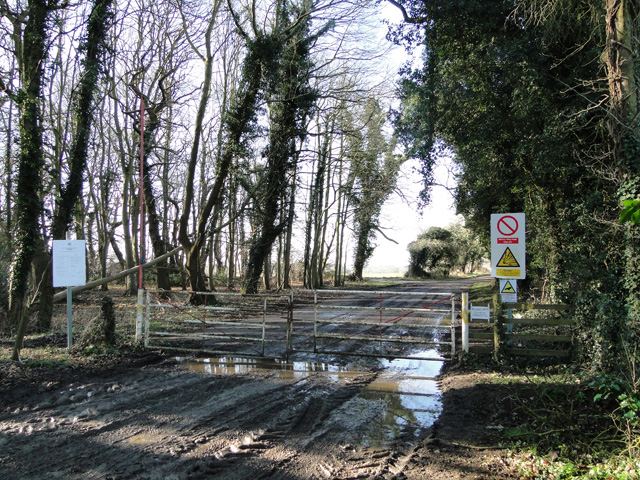
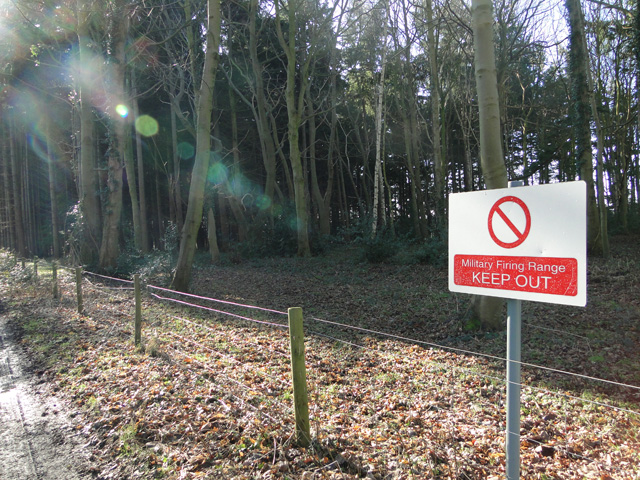
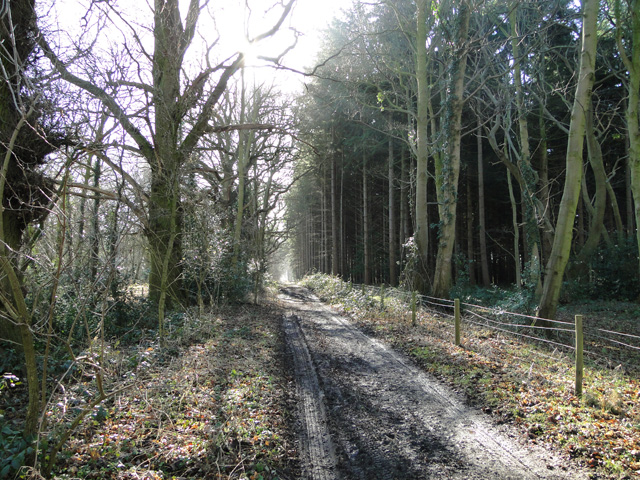
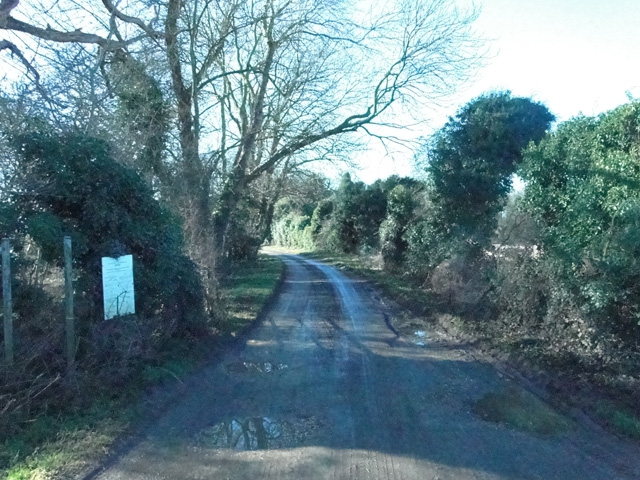


Keymer's Plantation is located at Grid Ref: TL8995 (Lat: 52.528431, Lng: 0.79641669)
Administrative County: Norfolk
District: Breckland
Police Authority: Norfolk
What 3 Words
///hurray.searcher.typical. Near Watton, Norfolk
Nearby Locations
Related Wikis
Tottington, Norfolk
Tottington is a deserted village and civil parish in the English county of Norfolk. It is situated some 6.2 miles (10.0 km) north of the town of Thetford...
Merton Hall, Norfolk
Merton Hall is a 19th century country house in Merton, Norfolk, England. The extant north-west wing is a Grade II listed building. The 17th-century gatehouse...
Thompson, Norfolk
Thompson is a civil parish in the English county of Norfolk. It covers an area of 9.20 km2 (3.55 sq mi) and including Tottington had a population of 341...
Stanford Training Area
The Stanford Training Area (STANTA), originally known as the Stanford Battle Area, is a British Army training area situated in the English county of Norfolk...
Merton, Norfolk
Merton is a civil parish in the English county of Norfolk. It covers an area of 5.94 km2 (2.29 sq mi) and had a population of 113 in 50 households at the...
Stanford Training Area SSSI
Stanford Training Area SSSI is part of the British Army Stanford Training Area. It is a 4,678-hectare (11,560-acre) biological and geological Site of Special...
Sturston, Norfolk
Sturston is a deserted village and civil parish in the English county of Norfolk. It is situated some 7+1⁄2 miles (12 km) north of the town of Thetford...
Breckland
Breckland in Norfolk and Suffolk is a 39,433 hectare Special Protection Area (SPA) under the European Union Directive on the Conservation of Wild Birds...
Have you been to Keymer's Plantation?
Leave your review of Keymer's Plantation below (or comments, questions and feedback).


